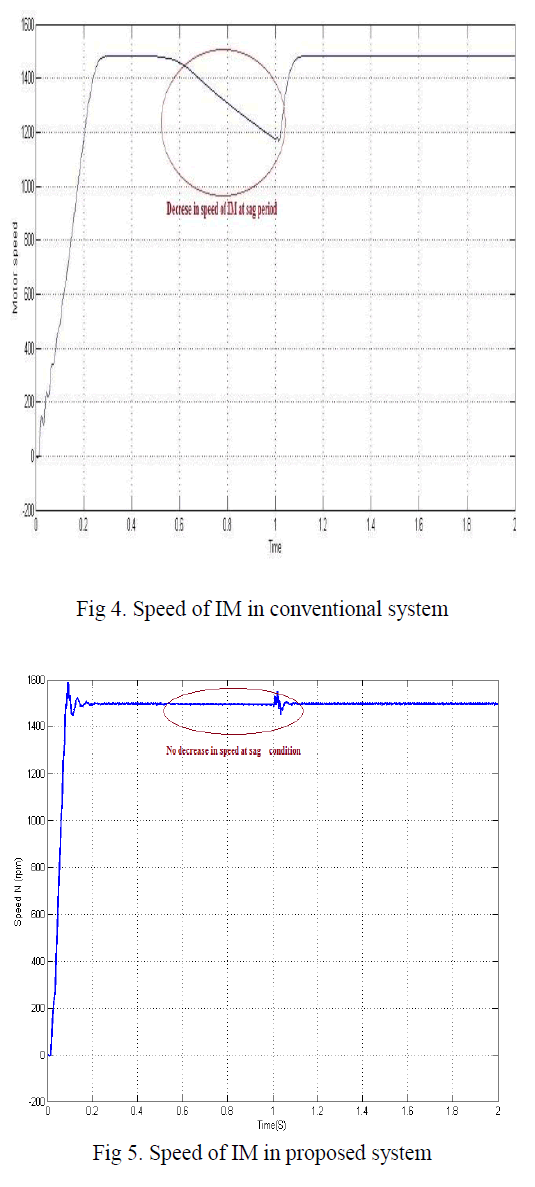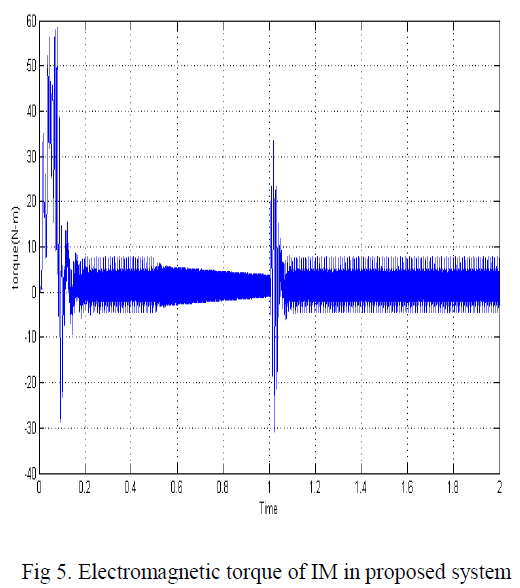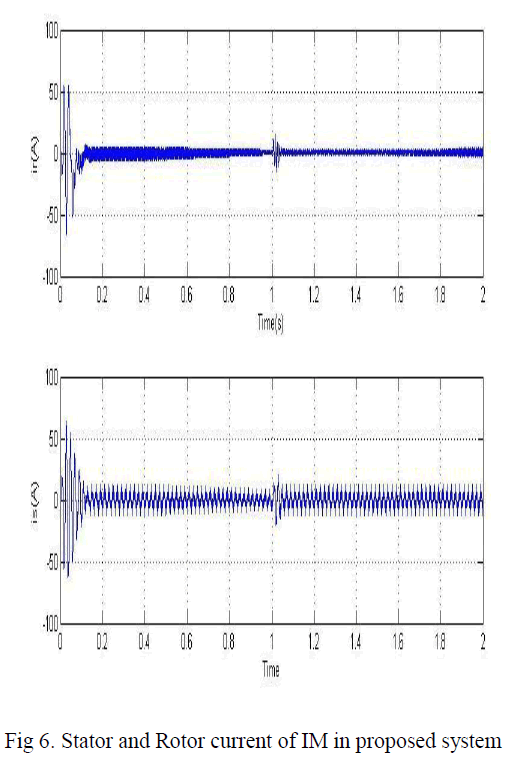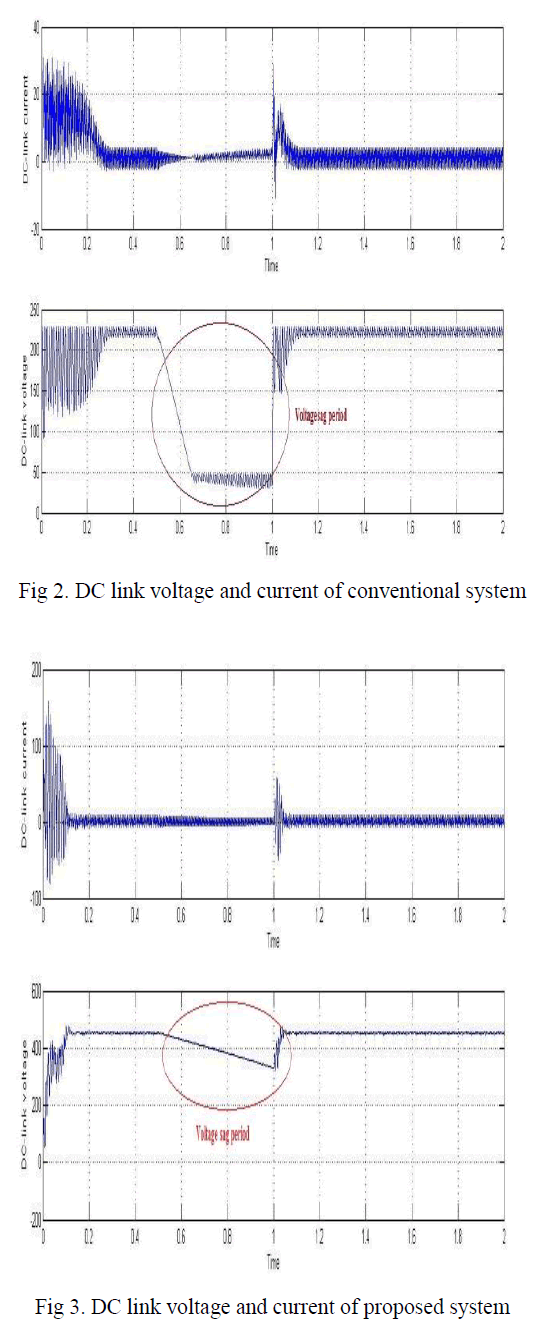ISSN ONLINE(2319-8753)PRINT(2347-6710)
ISSN ONLINE(2319-8753)PRINT(2347-6710)
Adityavardhan Chavali1, Dr. C. Nalini2
|
| Related article at Pubmed, Scholar Google |
Visit for more related articles at International Journal of Innovative Research in Science, Engineering and Technology
Iris templates can be matched using various matching techniques; each approach to iris recognition has several aspects being taken into consideration. One of the most important aspect being the presence of a lens in the users eye. The biometric templates, including iris and users attributes which are produced by using different recognition techniques can be matched through the Iris-templates can be replicated. From this we conclude that, without a thorough security analysis, iris templates cannot be assumed safe and secure. In this paper, we are going to discuss about the presence of a contact lens, particularly a colored lens, and the challenges we face as it alters the natural iris patterns. In this paper we will use a feature extraction method to remove the effect of colored contact lenses and make it more secure. This has proven to be very efficient and also less space consuming.
Keywords |
| Iris-templates, colored lens, contact lens, user attributes. |
INTRODUCTION |
| Biometricsrefers to metrics related to human characteristics. Many features of the human body can be used to measure, like face, hand print, vocals. These define an individual, but sometimes these are very hard to distinguish between any two individuals as they can be similar. Iris is one of the most promising biometrics that is being considered nowadays as it is something which is unique to every individual. No two human beings can have the same iris patterns even if they are twins this gives a great advantage whendealing with authentication. Furthermore newer techniques have come along with the help of which it has become even easier and more efficient to authenticate people. A method for applying pattern recognition techniques to recognize the identity of a person based on their iris is proposed. Also discussed is a transform of the iris image from two to one dimensional space and overcoming limited data with the generation of synthetic images.A recent emphasis on security has resulted in increased research attention being offered to the field of individual identification based on “biometrics” |
| Contact lenses are generally used to correct eyesight as an alternative to spectacles/glasses. They are, however, also being used for cosmetic reasons, where the color and texture manufactured into a contact lens is superimposed on the natural texture and color of the iris. The use of a colored lens changes the appearance/texture of an eye in both the visible and the near- infrared spectrums. Detection of the presence of a contact lens is the first step to improving the usability and reliability of iris recognition for contact lens wearers. Some soft lenses also have designer patterns on them, which may be completely different from their original image. |
| Generally , a prescribed contact lens do not interfere with the accuracy with the iris recognition , but colored contact lenses worn for cosmetic purposes do change the natural iris pattern . There are different iris recognition techniques that have been introduced to reduce the effect of contact lenses, each one looking at different aspects of the recognition. |
 |
RELATED WORK |
| In this paper [1], the author talks about camera interoperability, where the cameras with different technologies are used to capture images for iris recognition. Each image captured may differ in terms of wavelengths as well as illumination. The author goes on to say that that the image captured using different camera may produce varying results due to the fact that they have different technologies in them. And so, the user may not be authenticated if the same type of camera is not used. So camera interoperability is one of the most important issues that have to be addressed so that every image captured will be authenticated by any camera. So the author suggests a classification of different camera’s depending upon the wavelengths as well as illumination. This would reduce the chances of an error false report. |
| In this paper [2], the author talks about the effects of using three different sensors and also three different matching algorithmsto capture and authenticate an image. The author conducts experiments using a single sensor with three different matching algorithms and compares it with the images captured using cross sensors. Since the images cannot be compared directly, each image taken from different sensors were featured extracted using the specific matching algorithms to get segmented parts of it . Some algorithms were unable to produce segmentation; the reasons could have been due to occlusion, blur or illumination. But the author still compared the results of a single sensor as well as cross sensors. There were a lot of environmental factors that had affected comparison so the results were varied and were not as efficient as expected. so the author concludes by saying that external factors like pupil dilation , illumination play a crucialrole . A few acceptable threshold values are suggested so that cross sensor technology can be used along with single sensor technology. |
| In this paper [3], the author talks about the effects of a colored contact lens on iris recognition. The author conducts experiments on several individuals having different colored contact lenses as well as transparent ones. The color’s chosen are Blue, Grey, Hazel and Green. He would also use two different types of sensors using different matching techniques by their manufacturers. He observes the effects of transparent lenses and also colored lenses on different sensor technologies, and states that the effect of accuracy levels decrease with the use of more colored lenses compared to transparent lenses. The detailed table in the paper suggests that the best results are acquired when using no lenses or using transparent lenses. Verieye is the software used to understand and evaluate the effects of different colored lenses as well as transparent ones. Certain values are suggested which differentiate the original iris from the imposter ones. |
| In this paper [4], the author states that the most common iris algorithms represent the texture of an iris using a binary iris code. In these bits not all are equally consistent. A bit is deemed fragile if its value changes across iris codes created from different images of the same iris. The author suggests using these fragile bits to increase the performance. The consistency of these fragile bits is even in a person’s eye. Therefore the distance between these bits can be measured and a Hamming distance can be found out. This greatly increases the accuracy of the iris recognition and also making it more efficient. |
| In this paper [5], the author discusses the importance of considering iris curvature during iris recognition. The effect of pupil dilation and constriction is brought about by the systematic changes in the eye when we a focusing on a nearby object from afar away. This causes a change in the lens as well as the curvature of the eye. There is a measurable difference between the images taken before pupil dilation and after pupil dilation. The author conducts experiments by synthetically altering the iris curvature and classifies them according to the curvature changes brought in them. He proves that there is a measurable difference in the same iris after the iris curvature is changed. |
| Based on an extensive literature survey, we classify iris recognition systems into three categories depending on the method by which the features from the texture are extracted for matching purposes. These three categories are |
| (a) Appearance based extraction |
| (b) Texture based extraction |
| (c) Feature based extraction. |
METHODOLOGY |
| There are 6 modules that will be followed during the authentication process. Each module plays an important role in the successful recognition of an iris. |
| Modules: |
| Image conversion |
| Edge detection |
| Pupil detection |
| Normalization |
| Feature Extraction |
| Matching |
 |
| Module description: |
| Image Conversion |
| Grayscale images are distinct from one-bit black-and-white images, which that images with only the two colors, black, and white (also called bi-level or binary images). Grayscale images comprises of many shades of gray. These images are also known as monochromatic, because of the absence of any other colors. |
 |
 |
| that, if the images are matched and present in our database it shows the details of that person. Details such as his personal details, health details. If he is not matched with the database, then his details will be collected for further investigation, if it is needed. |
EXPERIMENTS AND RESULTS |
| In this paper we have used different algorithms in order to obtain accurate and efficient authentication. We have used Windows 7 operating system to execute the project; the tool used for the development is NetBeans. We have used java as the front end language and SQL server 2008 as the backend for it. The hardware requirements include Pentium 1v processor, 512 MB RAM and at least 10 GB of hard disk space We have integrated the iris recognition software with an application so that it becomes easier to implement. We have used it as security for a bank account. Initially the user has to register the iris pattern with the bank. Later it can be used for authentication. For each account a separate account number will be created linked with the iris code. This will be the reference for the authentication. . Below shows the output after successful authentication. |
 |
CONCLUSION AND FUTURE WORKS |
| In this work, we have explored a method of creating iris textures for a given person embedded in their natural iris texture (or someone else’s if desired) using just the iris code of the person. If these textures are used in an iris recognition system, they will give a response similar to the original iris texture. There are some papers that discuss the creation of artificial iris textures using cues from anatomy, or by modelling iris textures using various mathematical models from a pure synthesis point of view. To the best of our knowledge, no work currently exists that starts modelling the iris from the iris code which is generally considered to be unidentifiable data. In our work, we create the iris texture starting from just the iris bit code of the individual and we embed the necessary texture to create a iris code. The results show natural looking iris images that give a similar recognition (verification) performance as a genuine iris of the same person. As mentioned in the offset of this section, the advantage of this is that we can now create alternate iris textures that will give a very similar iris code when compared to the original iris. As future work, we will explore countermeasures for detecting such attempts. |
References |
|